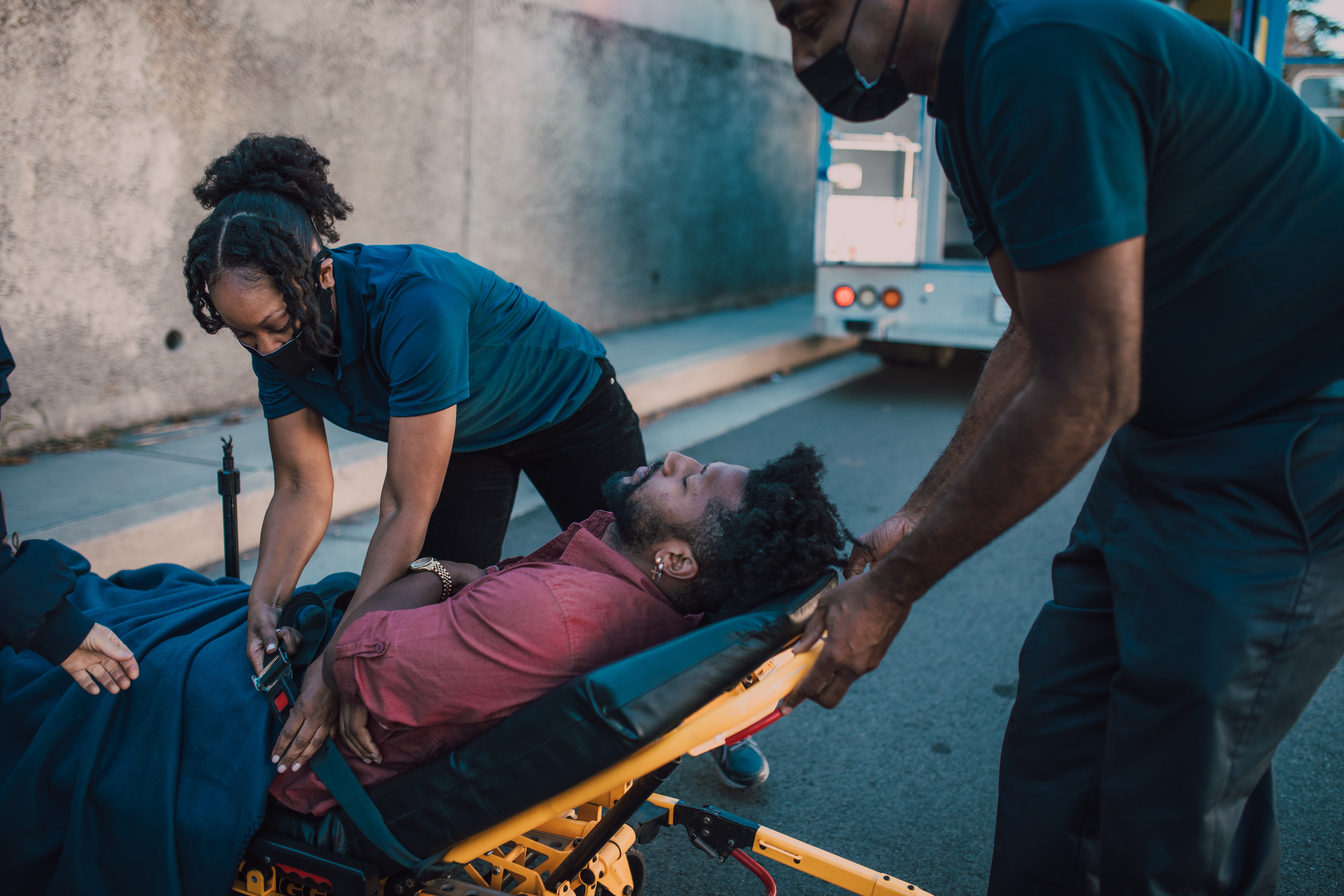A heart attack is a life-threatening emergency that necessitates quick action. Whether it’s a minor or massive heart attack, basic CPR skills can help you save a life while lessening heart damage. This article provides you with heart attack warning signs and how you can help someone in such a situation.

Warning Signs of a Heart Attack
Although heart attack symptoms vary between men and women, there are common signs you may observe, and their severity depends on gender, age, and medical conditions.
Chest Discomfort – In most cases, the chest discomfort involves the left or center of the chest and lasts for several minutes. Sometimes, the pain may go and come back again. The chest discomfort feels like uncontrollable pressure, squeezing pain, or fullness.
Unexplained Shortness of Breath – Shortness of breath can happen alongside chest discomfort in some cases.
Discomfort and Pain in Other Parts of the Upper Body – This includes the arms, neck, back, stomach, shoulders, teeth, and jaw. It mostly happens if those body parts are not receiving enough blood. Other general symptoms include:
- Trouble breathing
- Chest pain
- Fatigue
- Sweating
- Nausea, heartburn, indigestion, or abdominal pain
- Dizziness or lightheadedness
- Pain in your shoulder, arm, and neck
- Fainting
How to Help Someone Experiencing a Heart Attack
Here is what you need to do if someone else is having a heart attack:
Call 911 or Your Local Emergency Number
Don’t ignore any heart attack symptoms. Immediately you notice any of the above signs, first call an emergency vehicle or ambulance to come to where you are. If you can’t handle the patient yourself, request a friend or anyone around to help you as you wait for the ambulance.
Begin to Perform CPR If the Person Is Unconscious
If you can’t trace a pulse or the person isn’t breathing, begin CPR immediately to keep the blood flowing as you wait for paramedics to arrive. CPR involves a series of actions done in a sequence to restore breathing and increase the chances of survival for heart attack patients. It combines chest compressions and mouth-to-mouth rescue breathing to ensure a continuous flow of blood to all vital organs.
No matter your profession, you need some basic CPR training as the skills will help you save a life one day. Contact Newcastle Training if you need a reputable center for your CPR classes.
Use an Automated External Defibrillator
You can use an automated external defibrillator to analyze the heart’s rhythm to detect if the person needs an electric shock to restore effective rhythm. If necessary, the AED can deliver the electric shock to the heart automatically or at the push of a button. The electric shock will restart the heart or trigger it to an organized rhythm.
Give the Person an Aspirin to Chew and Swallow
If the patient is conscious, let the person chew an aspirin while you wait for emergency help. Aspirin prevents the blood from clotting and lowers heart damage when consumed during a heart attack. However, don’t administer aspirin to a person who is allergic to it or has been advised by the doctor never to take it.
Use Nitroglycerin If Prescribed Before
If the doctor had previously prescribed nitroglycerin to the heart attack patient, allow the person to take it as directed while you wait for emergency medical help.
No one plans to have a heart attack. It is vital to stay prepared if you find yourself in such a scenario. Equip yourself with the basic CPR training and have some emergency call numbers at your fingertips.
